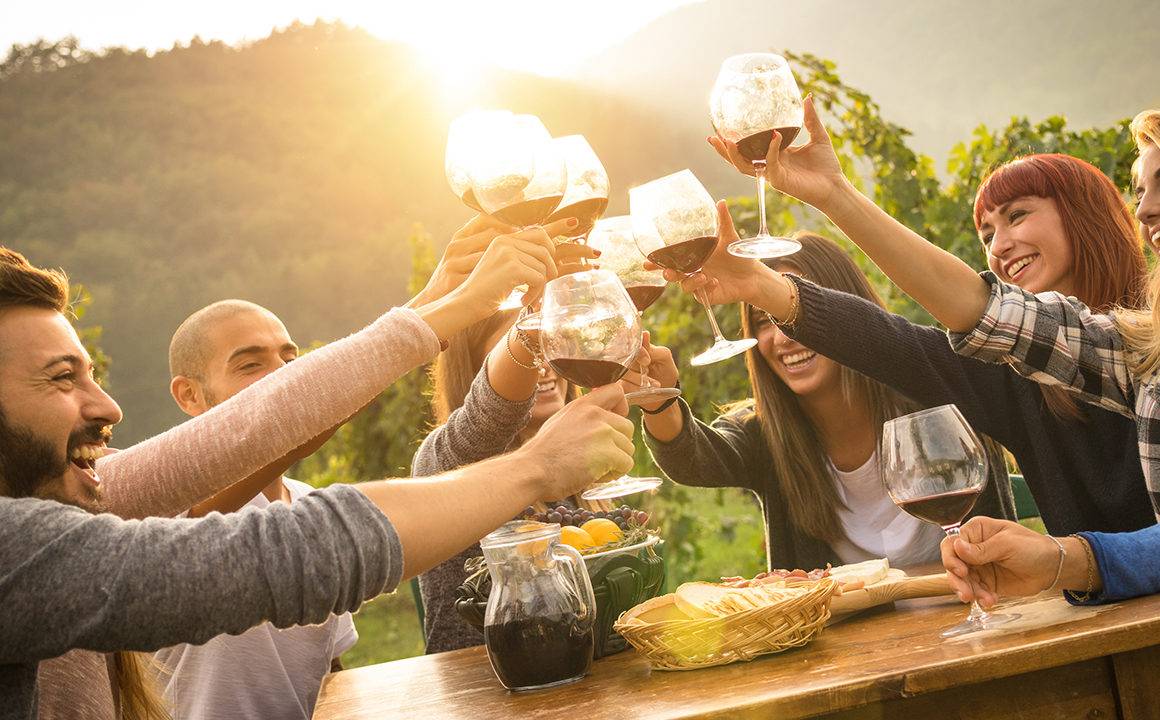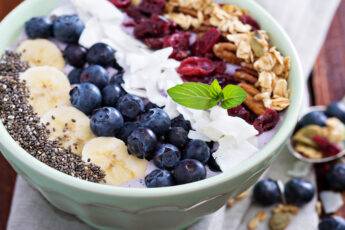Why the Food of Colombia Is Quite Unlike Any Other

One of the more apparent features of a culture is its food. What we eat is such an integral part of our lives, because without it, we are unable to sustain ourselves. The food of Colombia is truly an ode to Colombian culture and its rich and diverse culture. It is unlike any other for many reasons. This South American country is located on the east coast and has a diverse climate and varied topography. This diversity allows for a variety of crops to be grown here, which means there is no shortage of culinary creativity for tourists to sample.
Colonial Colombian History
The foods of Colombia are so unique because they pull from a range of cultural components. The aboriginal people of what would become Colombia, were largely independent communities led by chiefs, except for the Chibcha. As home to part of the Andes Mountains, the geography was well suited to the isolation of these communities. And although there was strong development, organization and history within the culture, the hot and wet climate did very little to preserve their cultural achievements for future generations to discover.
Nevertheless, all was not lost. When the first Europeans arrived in the 1500s, it did not take long before the Spanish were successful in decimating the indigenous people and reorienting the culture of the land. As the Chibcha were one of the larger groups in Colombia, they became the more dominant contributors to the new Spanish colonized culture.
And as the exploration of the New World continued, and the trans-Atlantic slave trade got underway, Africans began to be integrated into Colombia’s cultural mix. This mix of indigenous cultures, Spanish culture and African cultures has given the food of Colombia a truly unique and delicious flair.
Indigenous Contributions
Although many of the indigenous cultures of Colombia were decimated by the Spanish colonizers, they were not completely erased or integrated. Close to 1.5 million Colombians are indigenous. Many of their agricultural developments have spilled over into Colombia’s food. Corn and coffee, for instance, are an integral part of Colombian cuisine. Arepas are essentially corn cakes. Depending on what region you’re in, they may be smaller or larger, stuffed with cheese and beans or meat, and they show up in almost every Colombian meal at any time of day.
African Contributions
Since most of the enslaved Africans stayed in the coastal areas after they were freed in 1851, their contribution to Colombian food is largely centered around seafood. And with many of these Africans being from west African countries like Sierra Leone, Congo and Angola, fish, guandul, rice, fruits and vegetables naturally dominated their food choices. The Africans combined sweet, spicy and protein all in one delicious pot. The consumption of banana, coconut and other tropical fruits are also a staple food.
Spanish Contributions
Undoubtedly, Spain has a very heavy hand in the way Colombians eat. Early Spanish colonizers ate mostly grains, meat and wine. Because some of these weren’t readily available, they brought over cows, goats, pigs and sheep, barley, oats and grapes. The Spanish were trying to bring “civilized” foods to Colombia, but in times of drought and famine, the colonists were forced to eat indigenous foods, as they forced the indigenous populations to eat Spanish foods in times of plenty. Necessity played a large role in how Spain’s cuisine failed to take total control in Colombia.
Favorite Dishes
This cultural melting pot has produced a great many tasty treats. All three of these cultures have added their own unique ingredients to create a cuisine that is sure to grab your tastebud’s attention in a major way. Not only is the food delicious, but it is also rich and filling. It’s hard not to get an understanding of how Colombians live and work through their cuisine. Here are some of the best plates you can expect to experience on your next visit to Colombia.
- Arepas are a mainstay of Colombian cuisine. Almost any dish you have in Colombia will have arepas alongside it. These tasty corn cakes can be served as a side dish or as an appetizer or snack on the go. Arepas can be all corn or they may be stuffed with meat, beans or cheese.
- Paisas are large and filling dishes that traditionally have rice, beans, blood sausage or morcilla, plantain, ground beef, egg, chicharron, chorizon, arepa and avocado. It’s a lot for one person, but it fills every need deliciously.
- Beef patties or empanadas in Colombia are different from the patties found in other countries. They are fried cornmeal patties filled with ground beef, typically. However, you will find patties stuffed with potatoes, shredded meat and other fillings. They’re the perfect bite size snack on the go, which is why you’ll find them at many street vendors at any time of day.
- Aji is a lot like salsa or hot sauce. It is a blend of diced tomatoes, cilantro, green onion, aji chili, vinegar and lemon juice. The sauce is a nice accompaniment to meats, arepas, patacones and more.
- Aguardiente or guaro is a sugarcane derived anise-flavored liquor with quite an intense flavor. Perhaps that’s why its name translates to “burning water.” With a drink this strong, it’s no wonder that it’s said to be made for sharing. You’ll find it at nearly every party.
- Black coffee is it. You won’t hear anyone ordering un cafe, instead they’re requesting tinto. It’s a favorite meal finisher and you won’t want to spoil a good, fresh cup of Colombian coffee with fancy flavors.
- Refajo is a blend of soda and beer. Not just any soda will do when it comes to refajo. It’s got to be kola champagne (Colombiana).
There’s a lot to be said about the deliciously unique food of Colombia, and even more to taste. Colombia has a rich history and a diverse population that deserves recognition. Between the Atlantic and Pacific coasts, the Andes Mountains and the Amazon River basin, there is a lot to explore and learn here, so go ahead and put beautiful Colombia on your travel list for a great time and excellent food.





Leave a Comment